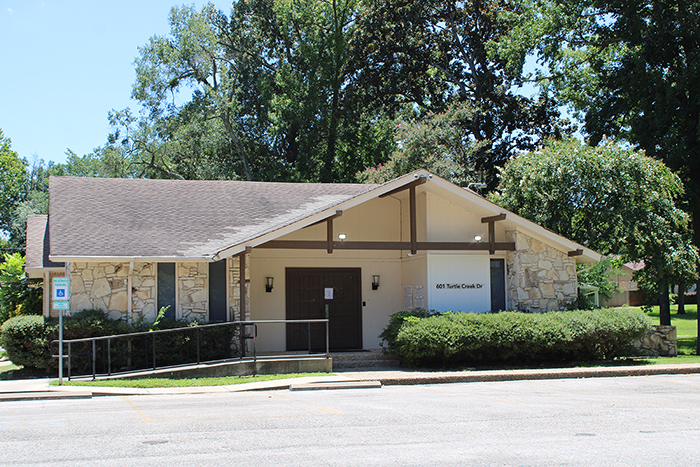The marriage gap worsens inequality
Published 8:19 pm Wednesday, December 17, 2014
Concerns over rising income inequality often focus on prescriptions before a proper diagnosis is even made. Any doctor will tell you that’s the wrong way to go about it.
A new study shows that many public policy discussions about income inequality are missing the biggest cause — the decline of marriage.
Trending
“There is a growing marriage divide that leaves millions of men, women and children in poor and working-class communities without ready access to the stability, emotional security and financial resources marriage affords,” writes Bradford Wilcox in The Federalist. “The retreat from marriage in working-class and poor communities across the United States hinders educational and economic opportunity, helps drive the crime rate higher in these communities, and exacts a serious social and emotional toll on children. It also — as Robert Lerman and I argue in a new report, ‘For Richer, For Poorer’ — seems to account for almost one-third of the growth in family income inequality since the late 1970s.”
Statistics show that rising inequality isn’t just caused by economics alone, as some on the left say, or by cultural factors, as some on the right might think. Instead, it’s a combination of the two. It’s true there are fewer good-paying working class jobs, like the manufacturing jobs many of our parents held; and it’s also true that as a culture, we no longer expect marriage to come before childrearing, for example.
What’s more, marriage is still the norm for American adults in middle-income and upper-income brackets; it’s less so in lower-middle and lower-income brackets. The Pew Research Center reported in September that more adult Americans than ever have never married (about 20 percent in 2012, up from 9 percent in 1960).
Pew also reports that Americans with more education (and thus higher incomes) are more likely to marry; people with less education and lower incomes are less likely to do so.
What’s the outcome of these converging trends? Rising income inequality. Marriage is a financial boon; it combines incomes and other resources, aids in wealth accumulation and focuses two people toward a common goal.
Wilcox says the federal government can help impress those advantages on young Americans, in much the same way that successful education programs helped lower teen pregnancy rates. There are four specific things the federal government can do, he says.
Trending
“It should subsidize wages (through the Earned Income Tax Credit or a new approach not connected to household size) to boost the returns to work for less-educated Americans,” Wilcox writes. “It should eliminate the marriage penalties embedded in many of our transfer programs. It should boost the child-tax credit to $3,000 per child and make it applicable to income and payroll taxes. And along with state governments, it should increase funding for vocational and apprenticeship education — such as career academies — that raise adolescents and young adults’ odds of finding good-paying, middle-skilled jobs.”
We can debate the particulars of those programs at a later date. For now, it’s important to recognize that if we’re truly worried about rising income inequality, we should be worried about marriage.







